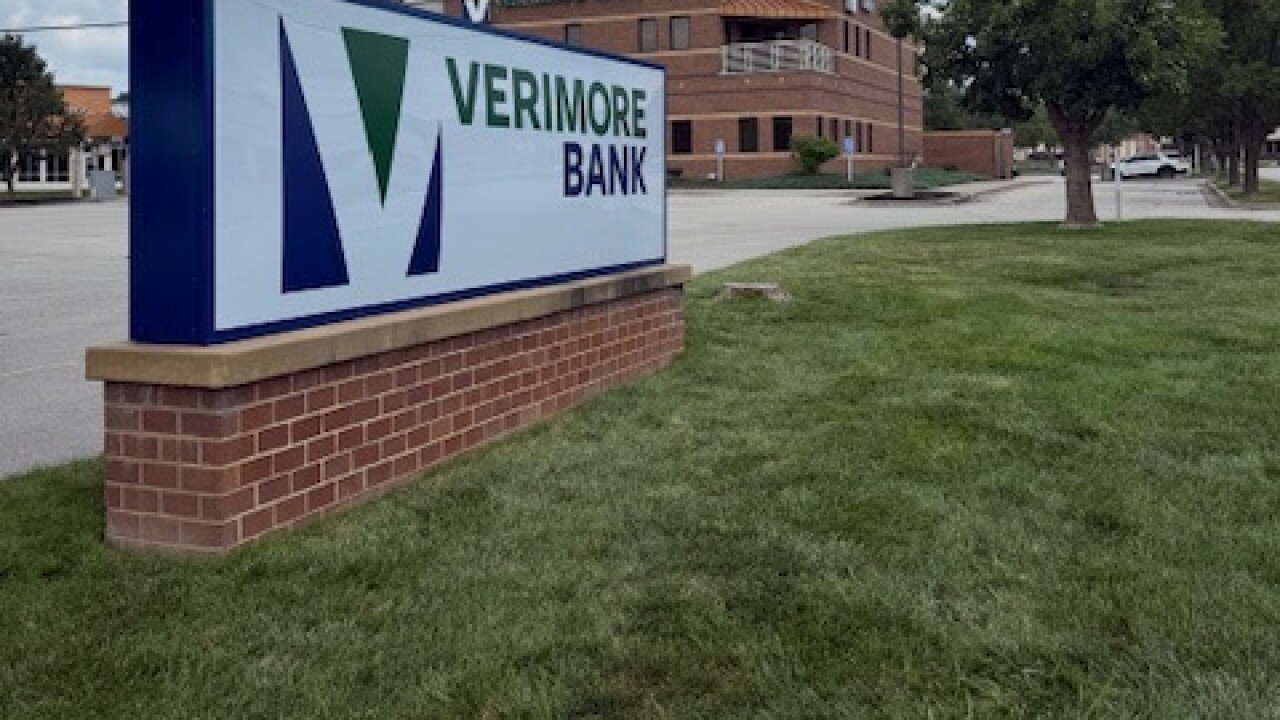Banks are further opening the spigot for technology spending, if Fidelity National Information Services Inc.'s earnings are any indication.
The Jacksonville, Fla., vendor signed 39 new core systems deals in the U.S. in the first half of the year, executives said Tuesday, putting it on track to easily surpass the 51 new deals it landed in total in 2009, worldwide.
"The outlook expressed by clients has improved considerably compared to last year," Frank Martire, Fidelity's president and chief executive, said in a conference call with analysts. "Their discussions with us have shifted towards investing for growth and better competitive positioning in 2010, and away from bank failures and survival of the industry."
Fidelity and competitors such as Fiserv Inc. and Jack Henry & Associates Inc. reported earlier this year more interest from banks in buying new systems.
With business conditions improving, banks are thinking about growth again, focusing their attention on replacing outdated software and hardware.
"At first we thought this might be a bubble — pent up demand from the 2009 slowdown," Gary Norcross, Fidelity's chief operating officer, said in an interview Wednesday. "What we believe we're seeing now is just a conscious decision for them to really re-evaluate the technology platforms they're running on."
Fidelity's improved results also speak to its successful cross-sale strategy, which was bolstered by its October acquisition of competitor Metavante Technologies Inc., analysts said.
"When they merge companies or buy companies, they do a good job of integrating sales forces," said Brett Huff, a vice president and research analyst with Stephens Inc. in Little Rock. "Certainly they are benefiting from cross-sale opportunities and I think that's part of what's driving a very successful core sales cycle."
The volume of Fidelity's core deals is an "encouraging" sign but not surprising "given all the bank M&A that is going on," Huff said.
"My belief is that banks will be judicious in how they spend, but I do think they'll start spending more, given there's been such a dearth of technology upgrades in the last two to three years," he said.
Much of the traction Fidelity is seeing is with midsize and larger banking companies, which in many cases are looking to drive efficiency by replacing multiple technology systems they have used to operate different business units with integrated programs that enable them to perform various functions through a single system, Norcross said.
In addition, more midsize and small banks are moving toward outsourced systems to cut their information technology costs, he said.
"You're seeing a series of systems that have been highly customized over the years," he said. "What we're seeing, especially in the midtier market, are those clients migrating to our" core processing system."
Most notably, Fidelity signed a deal with Citigroup Inc. in the fourth quarter of 2009 to convert the banking company to its Systematics core banking system.
Citi, which is said to be the first major U.S. bank undergoing a core conversion, had been using Systematics abroad and is now installing it domestically, Norcross said.
Because Citi is installing the system in-house, the deal is not a major boost to Fidelity's revenue, he said.
A Citi spokesman declined to comment about the project.
Many midsize clients are migrating to Fidelity's integrated banking services suite of products, Norcross said, which allows them to reduce infrastructure costs.
For example, Fidelity announced Monday a new core processing agreement with Sterling Savings Bank to install its integrated banking services suite. Sterling, a $10 billion-asset bank in Spokane, already uses Fidelity's electronic payments and check imaging products.
The community banking market remains weak, from a technology spending perspective.
Community banks "seem to be currently impacted harder from a closure standpoint and by FDIC actions," Norcross said. "I would say there's a broader population within the community markets that are still struggling with survivability. If they're still struggling with survivability issues, they're not actively pursuing projects."
Fidelity said its second-quarter revenue rose 55% year over year to $1.29 billion, thanks in part to higher software licensing fees and increased card processing volumes in Brazil.
Factoring in Metavante's sales from the second quarter of 2009, Fidelity's revenue would have grown 2.4% in the most recent quarter.
Net income attributable to Fidelity was $89.9 million in the quarter, or 24 cents per share, up from $59.2 million, or 30 cents per share, a year earlier.
Greg Smith, a managing director with Duncan-Williams Inc. said he was surprised by the results, specifically the pace of core system deals.
While the economy has improved, "the bank earnings haven't been spectacular from a top-line perspective," Smith said. "We just didn't expect quite as rosy of an outlook."
"I think this is a sign that banks have delayed a fair amount of spending," he said. "You're getting a little bit of a release here as bank management is incrementally more confident in the outlook now."





